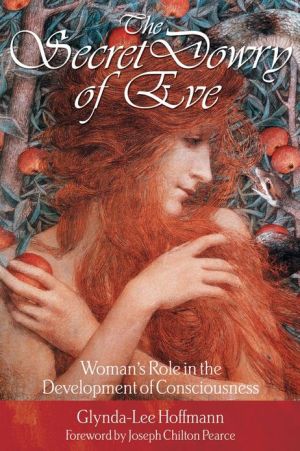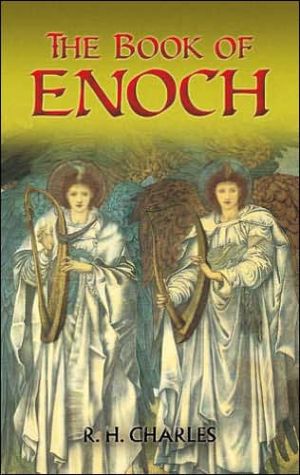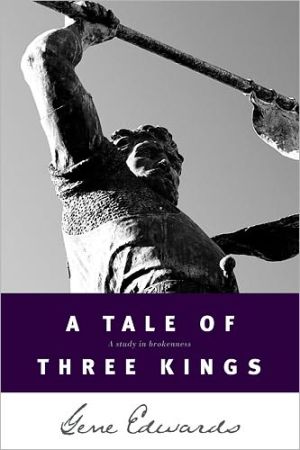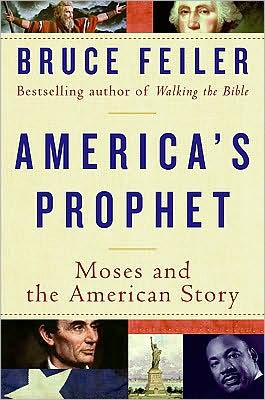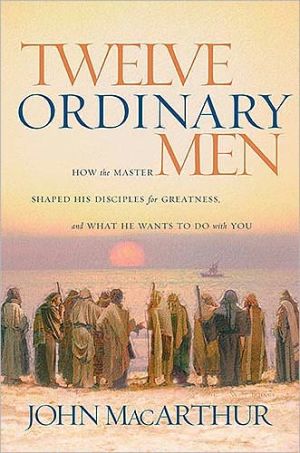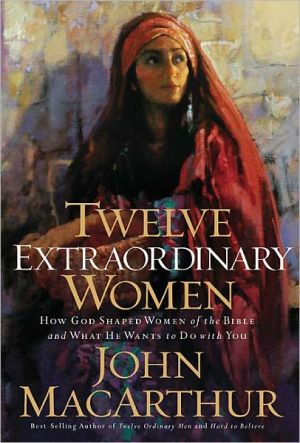The Secret Dowry of Eve
A groundbreaking study of the connection between spirituality, psychology, and neurophysiology that is coded into the book of Genesis.\ • Reveals why Eve was allowed to eat the apple of knowledge forbidden to Adam.\ • Uses mythological imagery to reveal the working processes of awareness in the human brain.\ • Combines ancient Qabalic techniques and modern scientific brain research to show how Genesis is an operating manual for creating wholeness in the psyche.\ Adam exists within all our...
Search in google:
Using her lifelong study of the Qabalah and the Hebrew alphabet, Hoffmann reveals why it was permissible for Eve to eat the apple of knowledge that was forbidden to Adam. Eve's desire for integration, clarity, and transcendence is a goal Adam is biologically incapable of pursuing without her. Glynda-Lee Hoffmann cracks open the early stories in the book of Genesis and invites us to enter them in a new way. She writes with flair and verve, and her goal is an ancient one: Know thyself and be whole.
The purpose of the hero’s journey to wholeness is to integrate the brain because incompleteness forces the brain to become fragmented and compartmentalized. Integration is produced primarily through pattern recognition. Insight is the tool we use to recognize a pattern of previously hidden relationships. For us, the relationships we need to recognize are between inner awareness and outer behavior. \ By recognizing hidden relationships insight promotes integration in the brain’s internal world of neural networks. Once the brain recognizes a pattern, a domino effect often rockets through its interior landscape, reshaping neural maps by connecting and reorganizing them in new ways.\ A famous scene in the movie, The Miracle Worker, dramatizing the early chaotic life of Helen Keller, blind and deaf since infancy, captures the power of neural integration through insight. Helen’s teacher, Annie Sullivan, is grasping Helen’s hand under flowing water, repeatedly spelling out the word “water” in Helen’s tiny palm. Angry and uncomprehending, Helen struggles, resisting Annie’s attempts to instruct her. Suddenly the light of insight pierces into Helen’s darkness. Awareness cascades through her brain like the water rushing over her hands. Instantly she perceives what only a moment before she could not, that the water has a name. The unknown became known because the pattern Annie signed was recognized, not by Helen’s eyes, but by interpretive mechanisms in her brain. \ Helen is ecstatic. She spells the name back into Annie’s hand for confirmation. In the next instant, as the light of insight radiates throughout her mind, Helen realizes that everything must have a name. \ Her entire world instantly reorganizes itself into meaning through pattern recognition, out of the chaos and fragmentation that had previously been her experience. She races around the yard demanding greedily that Annie spell all those glittering names into her palm. Her neural networks are on fire with new awareness. They are connecting and integrating at a furious rate because Annie had spent several months laying the groundwork for this expected moment of pattern recognition. \ If Annie hadn’t insisted, for all those months previously, on signing into Helen’s palm, creating the impulses in her brain that Helen would later recognize and interpret as a pattern, nothing would have happened. Helen’s brain learned to see that things have names using insight to recognize previously undetected patterns. Her brain, though she didn’t know it, had been constructing a series of neural networks, all in relationship to each other, because Annie had prompted it by signing the patterns into her palm. \ Annie’s palm signings prompted Helen’s brain to organize meaning out of chaos. Those seemingly random signings (they seemed random to Helen) suddenly connected up through insight. A series of neural networks had self-generated in Helen’s brain which finally allowed her to interpret what she had assumed were random gestures into a formal pattern. What had been incomplete in Helen’s mind was now whole, and she had a new power at her disposal, the power of communication. \ If we want to be whole we must learn to use insight to recognize and interpret patterns – hidden relationships – between our internal states of awareness and our external behaviors. The brain will then build neural networks that connect up what had previously been unconnected so that our intentions produce the actions, and responses, we want. \ Insight, because it is dictated by the laws of light, is the fire of awareness. It is inner light, the same light referred to in John 1:5, “And the light shineth in the darkness and the darkness comprehended it not.” We are all endowed with this inner light of insight. All of us, not just Jesus, and he was emphatic about stating that, but he also said we need to get the logs out of our eyes in order to recognize it.\ Qabalah promotes the development of insight because it is a study of hidden relationships, beginning with the fundamental interplay between opposites.\ Qabalah does for the brain what Annie’s signings did for Helen. It names non-sensory forces that can never be seen by the physical eyes yet which are active all around us and within us. These forces permeate life and are life, yet for most of us they are unknown because we don’t recognize them and therefore have no names for them and no neural networks to interpret them. Ironically, the symbols of our alphabet were, originally, those names.\ Recognition is germ power in the psyche, self-generating the construction of neural seedlings that will then grow into networks which provide interpretation. Recognition is far more useful in regaining wholeness than affirmation, hope, prayer or meditation. Recognizing the relationship between opposites that creates the pattern of wholeness is like harnessing the soul’s internal journey of growth to a locomotive. Meditation, hope, prayer and affirmation are ways to focus attention inwardly so that recognition can take place. But recognition is the muscle of inner growth. \ According to the unified postulate in Qabalic teaching the pattern of wholeness is an interplay, or relationship, between opposites. We are familiar with this pattern in a seed, as germ and husk. The general pattern is between inner and outer. Genesis uses cosmology and mythology as the external and internal elements, respectively. Genesis I is the cosmology, the outer husk. Genesis II, III and IV is the mythology, or inner germ, explained in depth in the next chapter.
ForewordIntroduction : Origins11The six days of creation232The garden : landscape of the brain473A river parted unto four heads : brain structure684Adam's directives and helpmate : the neocortex and the frontal lobes1115Descent into the psyche and the struggle of opposites1366Return with the elixir168Conclusion : to see or not to see190App. 1Studying the Qabalah198App. 2The sacred code of the alphabet202Bibliography214
\ John Shelby Spong"Glynda-Lee Hoffmann cracks open the early stories in the book of Genesis and invites us to enter them in a new way. She writes with flair and verve, and her goal is an ancient one: Know thyself and be whole."\ \ \ \ \ Joseph Chilton Pearce"Glynda-Lee Hoffmann presents us with a startling picture of why we are the way we are . . . how each of the characters in Genesis represents an archetype of the human psyche, placing that story of our beginnings in a cosmological framework of creation and evolution that is captivating and compelling."\ \ \ from the Foreword by Joseph Chilton Pearce“Glynda-Lee Hoffmann presents us with a startling picture of why we are the way we are . . . how each of the characters in Genesis represents an archetype of the human psyche, placing that story of our beginnings in a cosmological framework of creation and evolution that is captivating and compelling.”\ \ \ \ \ From the Publisher\ “Glynda-Lee Hoffmann presents us with a startling picture of why we are the way we are . . . how each of the characters in Genesis represents an archetype of the human psyche, placing that story of our beginnings in a cosmological framework of creation and evolution that is captivating and compelling.”\ \ \ \ \ From The CriticsGlynda-Lee Hoffmann cracks open the early stories in the book of Genesis and invites us to enter them in a new way. She writes with flair and verve, and her goal is an ancient one: Know thyself and be whole.\ \
